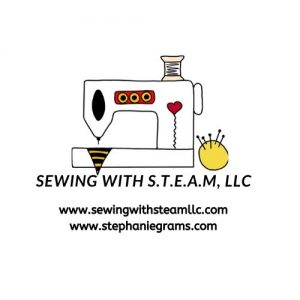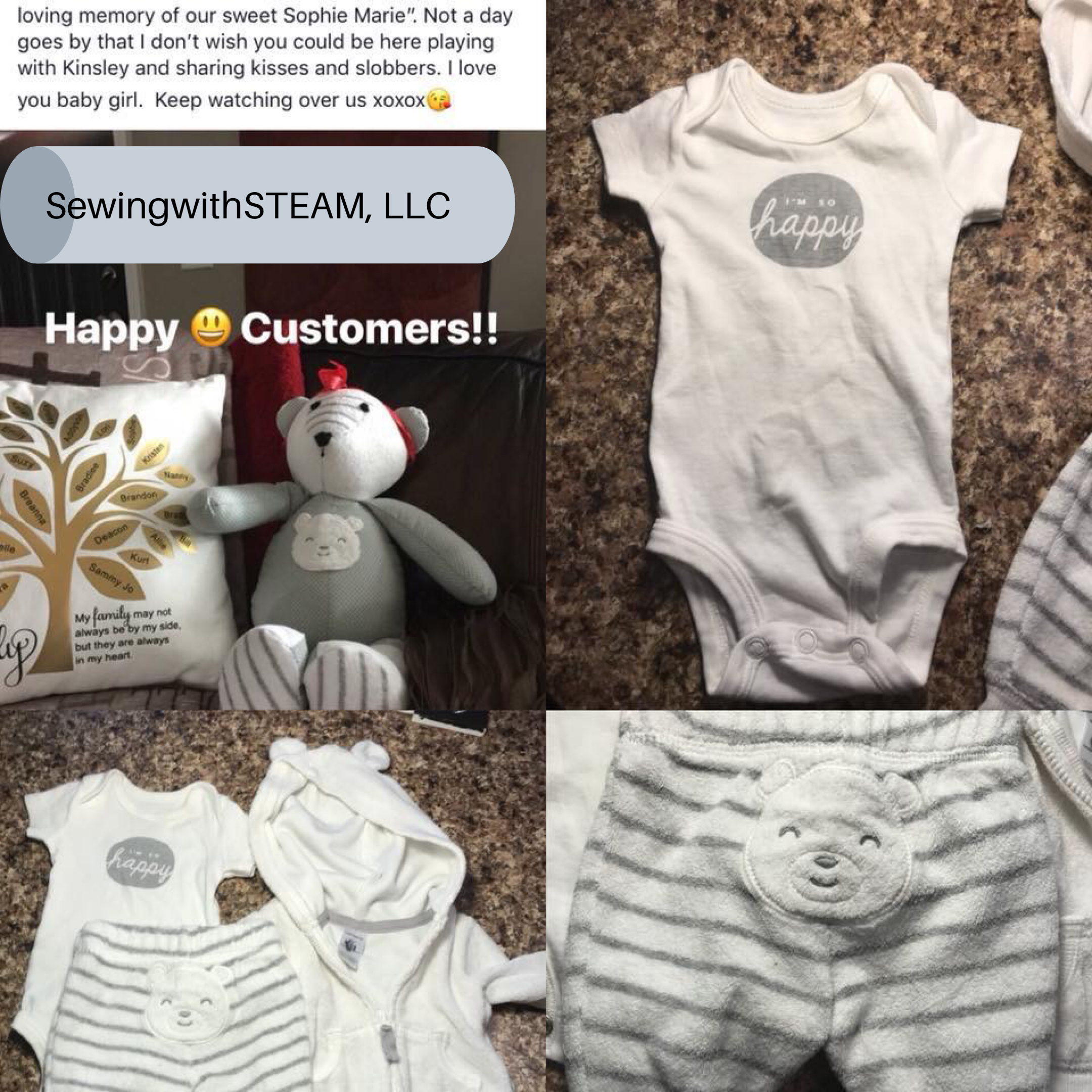“If at any time you feel overwhelmed and would like to speak with me, please schedule a no-cost 15-minute phone consultation via this business coaching page
The 4 Most Common Business Structures

DISCLAIMER: I am not an attorney or lawyer, I am not giving you legal advice. I only share the information I have found via the IRS.GOV website. Please do your own due diligence when constructing your memory bear sewing service business.
The four most common business structures are sole proprietorship, partnership, limited liability company (LLC), and corporation. Each legal structure has its pros and cons, and it’s worth understanding every one of them before choosing to register. For time’s sake, I will only cover two: Sole Proprietor and Limited Liability (LLC).
SOLE PROPRIETORSHIP
Example: Virtual Assistant, Freelance Graphic Designer
What it is: A sole proprietorship is a business that’s owned and ran by one person; the government makes no legal distinction between the person who owns the business and the business itself. It’s the simplest way to operate your business.
Pros: It’s easy and inexpensive to create a sole proprietorship because there’s only one owner, and that owner has complete control over all business decisions. Tax preparations are also simple since a sole proprietor is not taxed separately from its owner.
Cons: It is often difficult to raise money, get investors, or business loans. Also, since the owner and the business are legally the same, the owner is personally liable for all the debts and obligations of the business.
Taxes: The sole proprietor owns and manages the business and is responsible for all transactions, including debts and liabilities. Income and losses are taxed on the individual’s personal income tax return at ordinary rates. Also, you may be subject to payroll taxes, or self-employment taxes, on the money you earn. (Find IRS tax forms here)
Limited Liability Company (LLC)
Example: A small design firm; Memory Bear Business
What it is: LLC’s are a type of business structure that’s more complex than the sole proprietorship, but less complex than a corporation. They are called “pass-through entities” because they’re not subject to a separate level of tax. Most states don’t restrict ownership on LLCs, and so members an include individuals, corporations, and even other LLCs and foreign entities. Most states also permit “single-member” LLCs, those having only one owner.
Pros: Owners of an LLC have limited liability, meaning that they are not personally responsible for any financial or legal faults of the business. This reduction in risk is what makes an LLC a very popular business structure.
Cons: LLCs are often more complex than sole proprietorships which means higher initial costs.
Taxes: LLCs have the benefit of “flow-through” tax treatment, meaning that the owners – not the LLC – are the ones who are taxed. Having only one level of tax imposed makes taxes easier.
##








